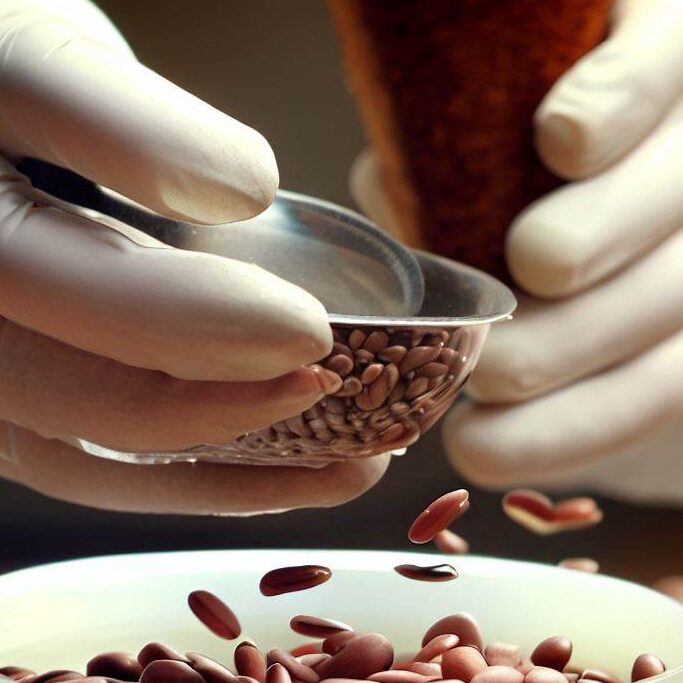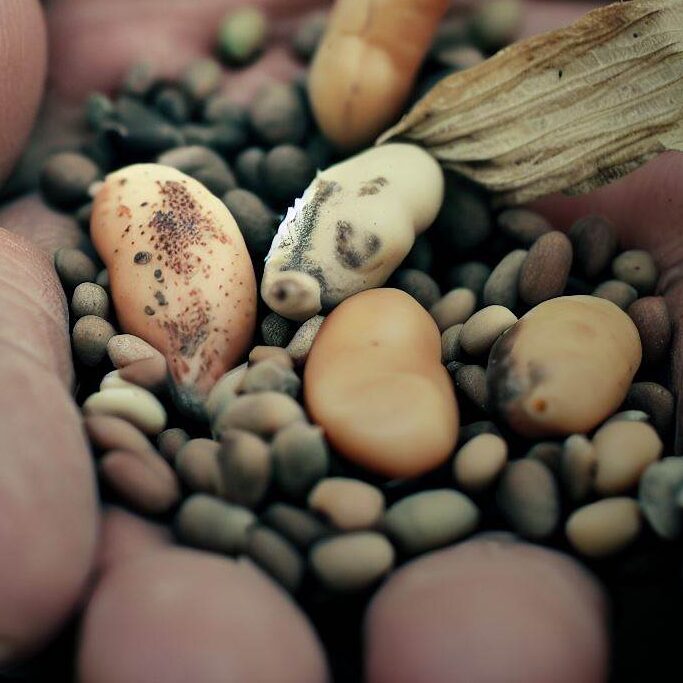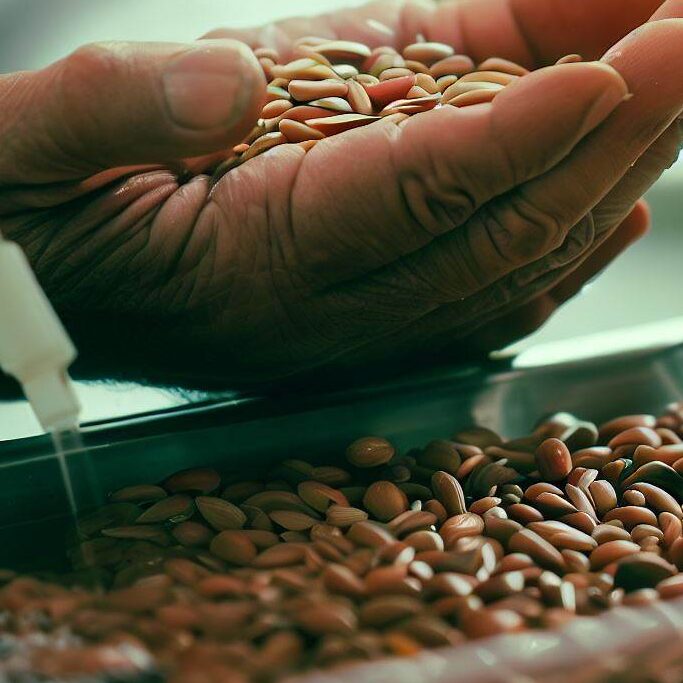Today we are going to talk about why seed treatment is important and how its work although requirements of seed treatment
What is seed treatment?
Seed treatment disinfects seeds from seed-borne pathogens and storage insects by applying fungicide, insecticide, or both. It also means solarizing the seed.
Seed treatment Importance
- Treatments prevent illnesses and insects from planting. Hundreds of diseases and insects may harm or kill seeds and seedlings. This may hinder crop growth and harvest production. Seed care:
- Stops systemic and non-systemic plant diseases. Its main role to controls systemic diseases and also including wheat which we can use to eat smut, barley Helminthosporium blight, and oat loose and covered smut these all is highly recommended for treatments
- Treatment may also manage non-systemic diseases that infect seeds after harvest or storage, such as Fusarium blight on barley, oats, rice, sorghum, etc.
Prevents seed rot and blights. After planting, the seed’s protective layer blocks seed-borne and soil-borne organisms.
Controlling surface molds and flora promotes seed germination. Non-pathogenic microbes may infect seeds during wet harvesting and storage.
Prevents storage bugs.- The seeds must be insecticide-treated for full protection.
Injured seeds: Threshing, drying, and processing may damage seeds. Fungi (or pests) may enter damaged seed coats and kill or weaken them.
Diseased seeds: Harvesting, processing, and storage may infect seeds.
Seeds are occasionally sown in moist or chilly soils. These circumstances allow spores to develop and infect seeds.
Seed treatment prevents illnesses and soil-borne pathogens. It protects weak seeds and promotes proper seedling growth.
Causes of poor seed treatments
- Incorrect fungicide selection: Ineffective fungicides, dust, or other treatments may prevent soil fungus only partially.
- Insufficient dosage: Seeds treated with insufficient fungicide are ineffective.
- Carelessness: treatment with the greatest fungicides and equipment does not ensure success. To treat seeds effectively, equipment modifications and care are needed.
Types of seed treatment
- Physical treatment includes scarification, stratification, and hot water treatment.
- Chemical treatment: Treatment are base on Chemicals are given to seeds to manage diseases and pests, or improve germination even improve vigor. Fungicides, insecticides, and seed disinfectants.
- Biological treatment: Bacteria or fungus are administered to seeds to boost growth, defend against illnesses, or increase nutrient availability. Organic farmers employ this strategy.
- Nutritional treatment: Essential nutrients or growth-promoting chemicals are administered to seeds to boost nutritional content or seedling vigor.
- Genetic treatment: Genetic methods improve seed properties including disease, insect, and environmental tolerance.
- Environmental treatment: Temperature and humidity are used to break seed dormancy or induce germination.

Treatment Safety Measures:
The majority of products used to treat seeds are toxic to people, but they may also injure seeds. To guarantee that treated seed is never utilized as food for people or animals, extreme caution is necessary.
This likelihood should be reduced by explicitly labeling treated seed as harmful if ingested. If care is taken to only treat the amount for which sales are guaranteed, the temptation to utilize unsold treated seed for human or animal feed may be avoided.
Applying too much or too little material may be just as harmful as not treating the seed at all, so care must be taken to treat the seed at the proper dose rate.
When treated with some of the concentrated liquid treatments, seed with a very high moisture content is particularly vulnerable to harm.

bacterial cultures are also to be used to treat the seeds,
i) Chemical processes
ii) Treatments with fungicides and insecticides
3 Unique therapies
Physical treatment includes scarification, stratification, and hot water treatment. The most important is when Chemicals are given to seeds to manage diseases or pests, or improve germination and vigor for future.
Fungicides, insecticides, and seed disinfectants
Biological treatment: Bacteria or fungus are administered to seeds to boost growth, defend against illnesses, or increase nutrient availability. Organic farmers employ this strategy.
Nutritional treatment: Essential nutrients or growth-promoting chemicals are administered to seeds to boost nutritional content or seedling vigor.
Genetic treatment: Genetic methods improve seed properties, including disease, insect, and environmental tolerance.
Environmental treatment: Temperature and humidity are used to break seed dormancy or induce germination.
Tayyab Raza is an accomplished agriculturalist and freelance blogger who is passionate about imparting his knowledge in the industry

